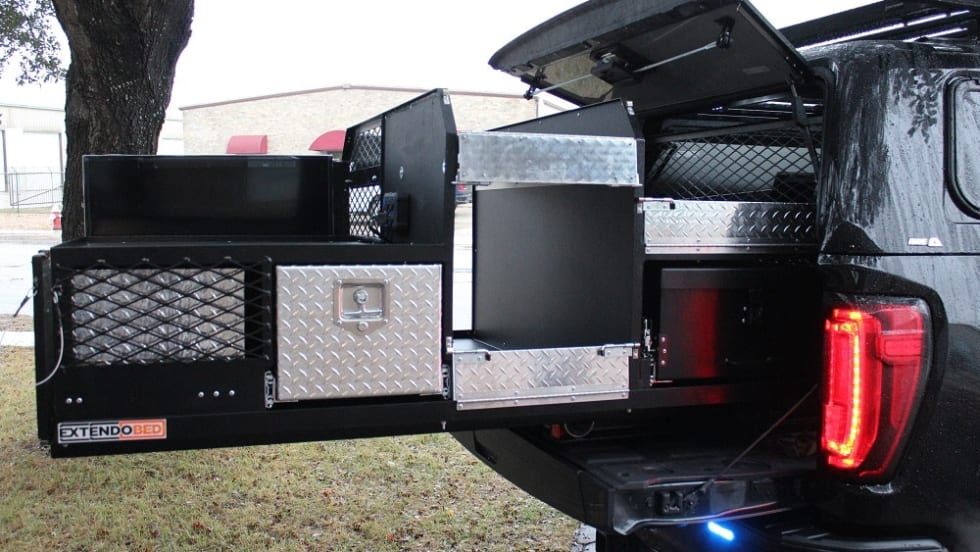New data from workplace drug tests conducted by Quest Diagnostics indicate an unprecedented reduction in cocaine use among the U.S. workforce required to undergo such testing. According to "The Quest Diagnostics Drug Testing Index: Cocaine Use Among America's Workers—A Special 2007 Mid-Year Report," there was a 15.9 percent decline in the number of drug test positives for cocaine among the combined U.S. workforce during the first six months of 2007 compared to 2006 (.58% January – June 2007 v. .69% in CY2006). The combined U.S. workforce is comprised of general workers and federally mandated, safety sensitive workers.
According to the latest data from Quest Diagnostics, cocaine drug-test positives showed double-digit declines in all but one division of the nation, with the highest declines occurring in the New England area (Connecticut, Maine, Massachusetts, New Hampshire, Rhode Island, and Vermont). The division with the second-highest declines in cocaine drug test positives was the West South Central division (Arkansas, Louisiana, Oklahoma, and Texas.)











